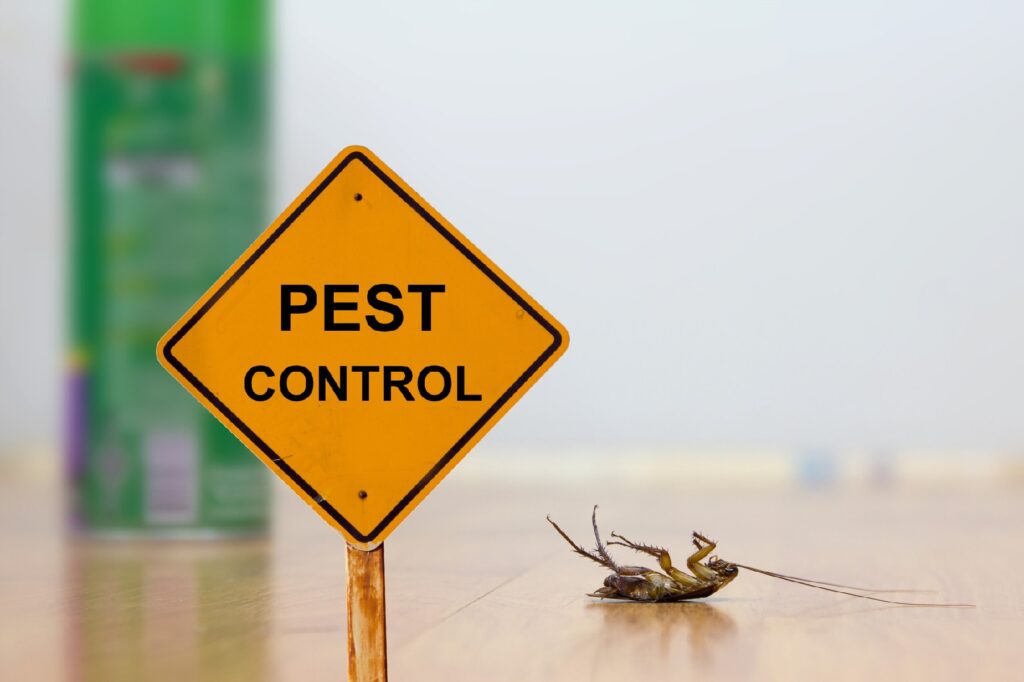Bed Insect Treatment Failure: Comparing Chemical Vs. Non-Chemical Solutions
In the realm of bug control, particularly when managing the persistent concern of bed pests, the selection between chemical and non-chemical treatment remedies can be an essential one. Both strategies provide distinctive benefits and downsides, affecting elements such as performance, safety and security factors to consider, and overall expense. By checking out the nuanced information of each approach, a clearer understanding of which path to go after in attending to a bed insect problem can be obtained.
Performance of Chemical Therapies
Chemical therapies for bed insect problems have actually been widely acknowledged for their rapid and potent effectiveness in eliminating these parasites. When considering the effectiveness of chemical treatments, it is vital to recognize that they can provide a quick and extensive solution to a bed pest trouble. Expert exterminators frequently count on insecticides to target bed bugs at various stages of their life cycle, including grownups, eggs, and fairies. These chemicals typically function by interrupting the bed bugs' nerve system, bring about paralysis and ultimate death.
Furthermore, chemical treatments have the benefit of offering recurring results, indicating that they can proceed to remove bed bugs also after the initial application. This residual activity is especially helpful in combating any type of possible re-infestations. Additionally, the fast activity of chemical treatments can bring alleviation to individuals encountering severe bed pest problems, enabling them to reclaim control of their space promptly.
Safety And Security Interest In Chemical Solutions
One vital element that requires mindful factor to consider when using chemical options for bed bug therapy is making certain the security of residents and the setting. Exposure to certain chemicals used in bed bug treatments can lead to respiratory system problems, skin irritability, or other adverse responses, specifically in individuals with pre-existing problems or level of sensitivities.
Additionally, the environmental impact of chemical solutions is one more considerable consideration. Some chemicals made use of in bed insect therapies may be unsafe to useful bugs, wildlife, and environments if they seep right into the dirt or water systems. It is important to utilize chemical treatments sensibly, adhering to safety and security guidelines, and considering much less toxic options to minimize these risks and make sure the safe and efficient monitoring of bed insect problems.
Benefits of Non-Chemical Approaches
Thinking about the possible safety worries and ecological influence linked with chemical solutions for bed pest treatment, exploring non-chemical methods presents an encouraging alternative with several distinct advantages. Non-chemical approaches provide a more secure alternative for houses, specifically those with kids, people, or animals sensitive to extreme chemicals. These strategies remove the dangers of exposure to hazardous materials, minimizing the capacity for unfavorable health effects. Moreover, non-chemical therapies are eco-friendly, as they do not add to air or water contamination, making them a sustainable selection for insect control.
In addition, non-chemical services can be reliable in targeting bed insects, consisting of hard-to-reach areas where chemical therapies may not permeate. Methods such as heat therapy, vacuuming, steam cleansing, and mattress coverings offer comprehensive obliteration without using harmful chemicals. Furthermore, non-chemical techniques can be much less turbulent, requiring very little prep work and permitting quicker reentry right into treated areas. On the whole, going with non-chemical bed pest therapy methods not just prioritizes safety and ecological defense however additionally guarantees efficient and detailed pest control.
Limitations of Non-Chemical Treatments

Additionally, non-chemical therapies frequently need numerous applications to achieve successful elimination. This can be taxing and might not always ensure full removal of all bed bugs and their eggs, especially in hidden or hard-to-reach areas.
Moreover, the success of non-chemical therapies heavily relies upon correct application and thoroughness, which can be challenging for people without specialist proficiency. Inadequate application of non-chemical techniques may lead to incomplete elimination, leading to persistent invasions and the requirement for additional treatments.
As a result, while non-chemical therapies have their benefits, it is important to acknowledge these restrictions and consider them when establishing one of the most reliable technique for managing bed pest problems.
Price Contrast: Chemical Vs. Non-Chemical Options
Provided the limitations connected with non-chemical treatments, a crucial facet to assess in the context of bed insect administration is the cost contrast between chemical and non-chemical options. Chemical treatments normally include the application of insecticides by specialists, which can vary from $250 to $900 per space, relying on the intensity of the invasion and the size of the location to be treated. In comparison, non-chemical treatments like warmth therapy or steam can be a lot more pricey, with expenses ranging from $1,000 to $6,000 for a whole home. While the initial cost of chemical therapies might appear lower, numerous treatments may be needed to fully get rid of the invasion, potentially increasing the general expense. On the various other hand, non-chemical choices may offer a much more lasting and eco-friendly solution, although they can be cost-prohibitive for some people. Eventually, when thinking about the price of bed bug therapy choices, it is necessary to weigh the in advance expenditures against the efficiency and long-lasting sustainability of the picked technique.
Final Thought

Considering the prospective safety and security problems and environmental impact linked with chemical services orkin for bed bug therapy, discovering non-chemical approaches provides an appealing option with numerous distinct advantages.Provided the restrictions associated with non-chemical treatments, an important element to review in the context of bed insect management is the cost contrast between chemical and non-chemical alternatives. In comparison, non-chemical treatments like warmth therapy or steam can be a lot more expensive, with expenses varying from $1,000 to $6,000 for a whole home. While the initial price of chemical treatments may appear reduced, multiple treatments might be needed to fully remove the invasion, potentially enhancing the general price.In conclusion, when comparing chemical and non toxic termite control non-chemical bed bug therapy options, it is important to consider effectiveness, security, advantages, limitations, and cost.